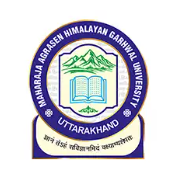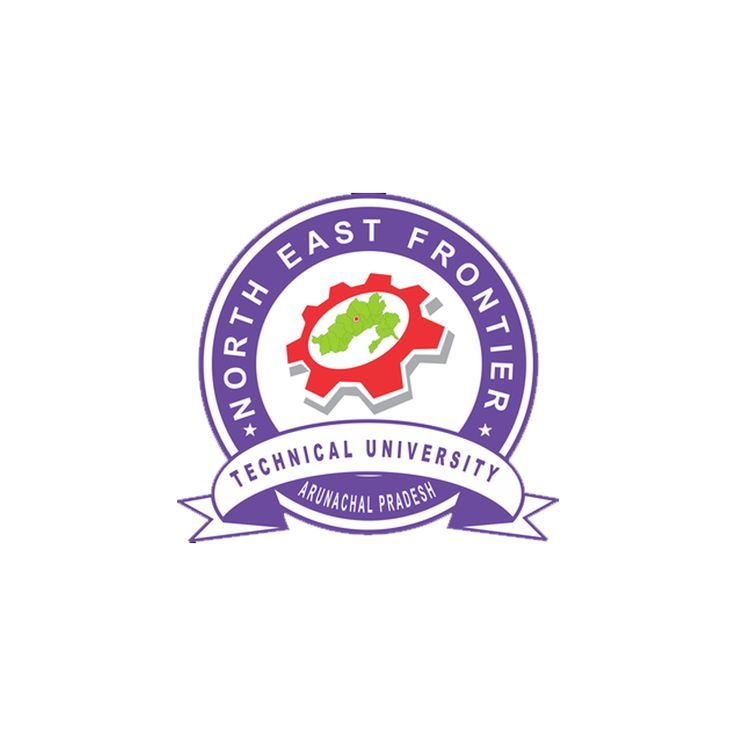Boundary Value Analysis & Equivalence Partitioning with Examples - Shikshaglobe

Boundary Value Analysis & Equivalence Partitioning with Examples
Boundary Value Analysis (BVA) and Equivalence
Partitioning (EP) are two closely related software testing techniques.
BVA is a white box testing technique that is used to identify errors at the
boundary of an application while EP is a black box testing technique used to
divide the input data of an application into partitions.
BVA can be used to test both functional and non-functional
aspects of an application while EP is primarily used to test functional
aspects. BVA is typically used to test numeric fields date fields and drop-down
menus while EP can be used to test any type of input field.
Both BVA and EP are powerful testing techniques that can
help identify errors in an application. However, BVA is generally more
effective at finding errors at the boundary of an application while EP is more
effective at identifying errors in the functionality of an application.
Boundary value analysis and equivalence partitioning are two commonly used testing techniques. They are both used to create test cases based on the inputs and outputs of a system.
Read More: What is Software Testing
Boundary value analysis is a technique that is used to test
the boundary conditions of a system. It involves testing the extreme values of
input to see how the system responds. For example, if a system is designed to
accept whole numbers between 1 and 10 boundary value analysis would involve
testing with input values of 1 10 11 and -1.
Equivalence partitioning is a technique that is used to
group together similar inputs and outputs. This means that if there are three
possible inputs (1 2 and 3) then there would only need to be one test case for
each input as they would all be treated the same by the system. For example, if
a system is designed to accept whole numbers between 1 and 10 equivalence
partitioning would involve testing with input values
Boundary value analysis (BVA) and equivalence partitioning
are two important software testing techniques that can be used to test the
functionality of a software application. BVA is a white box testing technique
that is used to identify errors at the boundary of an application while
equivalence partitioning is a black-box testing technique that is used to
divide the input data of an application into partitions.
Both BVA and equivalence partitioning can be used to test
the functionality of an application but they are different techniques. BVA is a
white box testing technique that focuses on testing the boundaries of an
application while equivalence partitioning is a black-box testing technique
that focuses on dividing the input data of an application into partitions.
Both Boundary Value Analysis (BVA) and Equivalence
Partitioning (EP) are used to test inputs to a system. The main difference
between the two is that BVA test cases are designed around the edges of an
input domain while EP test cases are designed around partitions of the input
domain.
EP is usually faster and easier to carry out than BVA since
it requires fewer test cases to be designed. However, BVA can sometimes uncover
more errors since it tests inputs that are closer to the edge of the domain.
Here is an example of each technique:
Suppose we have a system that accepts student ID numbers. An
ID number must be 9 digits long and can range from 100000000 to 999999999.
Using EP we would create 3 partitions:
- Partition 1: ID numbers ending in 0 (100000000 200000000 … 999990000)
The Importance of Boundary Value Analysis &
Equivalence Partitioning with Examples in Today's World
BVA and EP play a pivotal role in software testing by helping identify potential defects, glitches, and vulnerabilities in software applications. This importance stems from their ability to test the boundaries of inputs and conditions, ensuring the software functions reliably across various scenarios. By breaking down inputs into equivalence classes, EP reduces redundancy and increases efficiency in testing.
Continue Reading: Decision Table Testing
Exploring Different Types of Boundary Value Analysis
& Equivalence Partitioning with Examples
There are various types of BVA and EP techniques, each
tailored to specific scenarios. For instance, Boundary Value Analysis involves
testing the extreme values of ranges, whereas Equivalence Partitioning groups
similar inputs for testing. Both methods contribute to comprehensive test
coverage.
Benefits of Pursuing Boundary Value Analysis &
Equivalence Partitioning with Examples
Studying BVA and EP provides individuals with skills that
extend beyond software testing. The analytical mindset and attention to detail
cultivated through these techniques are highly transferable and valuable in
various industries. Moreover, organizations highly value professionals who can
ensure the quality and reliability of their products.
How Boundary Value Analysis & Equivalence
Partitioning with Examples Enhance Professional Development
By delving into BVA and EP, professionals enhance their
problem-solving abilities, critical thinking, and decision-making skills. The
ability to pinpoint potential issues in software and systems not only improves
products but also boosts confidence and credibility in the workplace.
The Role of Boundary Value Analysis & Equivalence
Partitioning with Examples in Career Advancement
In the fast-paced tech-driven world, career advancement
relies on staying relevant and adaptable. BVA and EP expertise make
professionals stand out, especially in fields where software reliability is
paramount. These skills open doors to diverse job roles, from software testing
to quality assurance management.
Choosing the Right Education Course for Your Goals
When considering education options related to BVA and EP,
it's essential to assess individual goals. Whether you're aiming to become a
software tester, developer, or manager, there are courses catering to various
skill levels and ambitions.
Online vs. Traditional Boundary Value Analysis &
Equivalence Partitioning with Examples: Pros and Cons
The education landscape has expanded to offer online courses
alongside traditional classroom settings. Online courses offer flexibility,
while traditional classes provide face-to-face interaction. Prospective
learners should weigh these factors based on their learning preferences and
schedules.
The Future of Boundary Value Analysis & Equivalence
Partitioning with Examples: Trends and Innovations
As technology evolves, so do software testing methodologies. Automation, machine learning, and AI are transforming the testing landscape. Professionals well-versed in BVA and EP will be at the forefront of implementing these innovations.
Learn More: What is State Transition Testing Diagram
The Impact of Boundary Value Analysis & Equivalence
Partitioning with Examples on Student Success
Educational institutions incorporating BVA and EP concepts
into their curricula empower students with practical skills. These skills not
only improve academic performance but also prepare students for the demands of
the job market.
Addressing the Challenges of Boundary Value Analysis
& Equivalence Partitioning with Examples and Finding Solutions
While BVA and EP offer substantial benefits, challenges such
as complex software architectures and evolving technology need to be addressed.
Collaboration among industry experts, educators, and students can lead to
innovative solutions.
Understanding the Pedagogy and Methodology of Boundary
Value Analysis & Equivalence Partitioning with Examples
Effective teaching of BVA and EP requires dynamic
pedagogical approaches. Hands-on learning, real-world examples, and interactive
workshops facilitate a deeper understanding of these techniques.
The Global Perspective: Boundary Value Analysis &
Equivalence Partitioning with Examples Around the World
BVA and EP are universal concepts, transcending geographical
boundaries. Professionals worldwide can leverage these techniques to improve
software quality and drive technological progress.
Boundary Value Analysis & Equivalence Partitioning
with Examples for Lifelong Learning and Personal Growth
The pursuit of knowledge is a lifelong journey. Learning
about BVA and EP not only enhances professional capabilities but also fosters
personal growth, as individuals become adept at systematic problem-solving.
Funding and Scholarships for Boundary Value Analysis
& Equivalence Partitioning with Examples
To ensure inclusivity and accessibility, many educational
institutions offer scholarships and funding opportunities for courses related
to BVA and EP. Prospective learners should explore these avenues to invest in
their education.
Case Studies: Success Stories from Education Course
Graduates
Real-life examples of individuals who have harnessed BVA and EP skills to achieve career milestones serve as inspiration. These success stories highlight the tangible impact of these techniques in the professional world.
Click Here
Explore More
Nursery and Primary Teachers Training Course |
PRIMARY TEACHER TRAINING-PTT |
Montessori Teacher Training Course |
Foreign Language (French, German, Spanish etc) Course |
BVP & CET |











